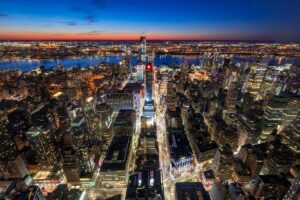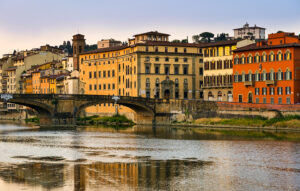In the competitive landscape of global design events, Milan’s Brera Design District once again demonstrated why it remains the premier destination for both established luxury brands and emerging creative talent. With 237 official events and numerous satellite presentations, as reported by Living Corriere, this year’s edition delivered exceptional return on investment for both participants and visitors seeking inspiration at the intersection of craftsmanship, technology, and luxury experience.
Strategic Brand Positioning Through Immersive Environments
The most successful luxury brands leveraged historic venues to create memorable brand experiences that transcended traditional product displays. Hermès exemplified this approach at La Pelota with an ethereal installation by Charlotte Macaux Perelman, the brand’s artistic co-director for home collections. The suspended luminous structures created a labyrinth effect, strategically positioning the French luxury house as an innovator in spatial design beyond its product offerings.
Gucci’s “Bamboo Encounters” at the 16th-century Cloisters of San Simpliciano demonstrated effective heritage marketing by connecting its iconic 1947 Bamboo bag to contemporary interpretations of the sustainable material. The exhibition, curated by 2050+, featured seven commissioned projects from diverse international designers including Anton Alvarez, Dima Srouji, and Nathalie Du Pasquier. This strategic integration of brand heritage with forward-looking sustainability narratives exemplifies luxury’s current balancing act between tradition and innovation.
Exclusivity Through Access: The Luxury of Limited Availability
According to Living Corriere, this year’s Design Week continued the tradition of providing access to typically restricted venues—a significant driver of exclusivity value in the experience economy. The Sant’Angelo Cloister, where Flexform presented Antonio Citterio’s outdoor collection, created perceived value through both product display and the privilege of accessing a normally private historic space.
Similarly, Australian luxury skincare brand Aēsop demonstrated market differentiation by creating a multisensory installation in the normally inaccessible sacristy of the Church of Carmine. The brand effectively extended its olfactory identity into spatial design, using its Eleos Aromatique hand balm as an architectural finish that emanated woody and herbaceous notes throughout the space.
Investment in Cultural Capital: The Es Devlin Effect
Perhaps the most significant investment in cultural programming came from Salone del Mobile with Es Devlin’s “Library of Light” installation in the Courtyard of Honor at the Pinacoteca di Brera. The 18-meter diameter circular structure, containing over 2,000 volumes on rotating luminous shelves, represents the type of large-scale cultural investment that generates substantial earned media and visitor engagement.
The installation’s sophisticated integration with the historic architecture—functioning as a sundial that illuminates previously unlit portions of the 17th-century courtyard—exemplifies how design week installations have evolved from simple product displays to complex cultural interventions with lasting impact. Living Corriere notes the installation will remain accessible until April 21, 2025, extending the event’s influence beyond the traditional design week calendar.
Market Expansion Through Strategic Showroom Launches
Tacchini’s first Milan showroom opening in Largo Treves 5 demonstrated effective market positioning, creating a residential atmosphere that blurred the line between retail and hospitality environments. The presence of design luminaries like Tobia Scarpa, who supervised the re-edition of his 1975 Africa chair, and Faye Toogood arranging cushions on her Butter sofa, added authentic narrative value to the brand experience.
This “home open to friends” concept signals a shift in how design brands are approaching physical retail in the post-pandemic marketplace—emphasizing personal connection and lifestyle integration over traditional product display.
The Bottom Line
The most successful presentations at this year’s Brera Design District shared a common approach: leveraging the distinct cultural capital of Milan’s historic spaces while creating forward-looking installations that position brands for future market relevance. As luxury continues to shift toward experience over acquisition, these strategic investments in cultural programming and immersive environments provide significant competitive advantage in an increasingly crowded global design marketplace.



